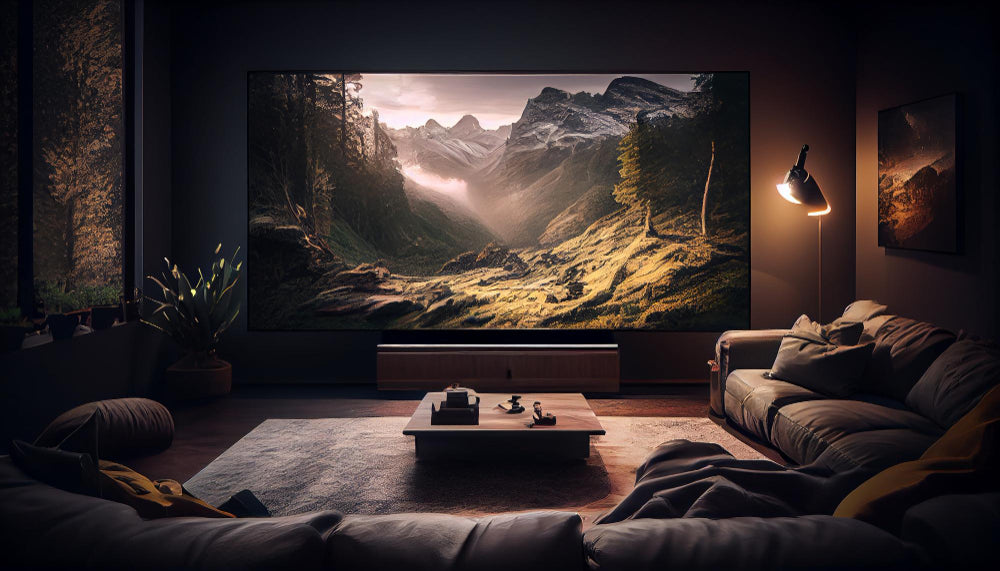What are the key components of a home theater system?
Before diving into the tips, let's understand the essential components of a home theater system. A typical setup includes a high-definition television, a surround sound system, a media player, and comfortable seating arrangements.
1. Choose the right room
Start by selecting a room that is suitable for your home theater. Consider factors such as size, layout, and ambient lighting. A dedicated room with minimal windows and distractions is ideal.
2. Optimize the seating arrangement
Arrange your seating in a way that provides the best viewing experience. Place the seats at an appropriate distance from the screen and ensure everyone has a clear view. Consider adding comfortable recliners or a cozy sofa.
3. Invest in a high-quality television
The centerpiece of any home theater is the television. Choose a large, high-definition screen with excellent picture quality. Consider features like 4K resolution, HDR support, and a high refresh rate for a truly immersive experience.
4. Enhance the audio with a surround sound system
To recreate the cinematic experience, invest in a surround sound system. Position speakers strategically around the room to achieve optimal sound distribution. A subwoofer adds depth to the audio, making explosions and music more impactful.
5. Control ambient lighting
Avoid any glare or distractions by controlling the lighting in your home theater. Install blackout curtains or blinds to block out natural light. Consider adding dimmable lights or LED strips to create a cozy atmosphere.
6. Conceal the cables
Keep your home theater setup neat and organized by concealing the cables. Use cable management solutions like cable raceways or wall-mounted channels to hide unsightly wires. This not only improves aesthetics but also reduces the risk of tripping.
7. Optimize the acoustics
To achieve the best sound quality, optimize the acoustics of your home theater. Add acoustic panels or sound-absorbing materials to minimize echo and improve audio clarity. Consider carpeting the floor or using thick curtains to reduce reflections.
8. Create a dedicated media storage solution
Organize your media collection by creating a dedicated storage solution. Use shelves, cabinets, or media consoles to keep your movies, games, and music easily accessible. Consider digital media players or streaming services for a clutter-free experience.
9. Incorporate smart home technology
Make your home theater smarter by integrating it with your home automation system. Control the lights, sound, and media playback with voice commands or a smartphone app. Automate tasks like dimming the lights when the movie starts.
10. Fine-tune the settings
Take the time to calibrate and fine-tune your home theater settings. Adjust the picture and sound settings to match your preferences and the characteristics of your room. Consider professional calibration for the best results.
By following these tips, you can create the ultimate home theater experience. Enjoy your favorite movies, TV shows, and games in the comfort of your own home, with stunning visuals and immersive sound.

